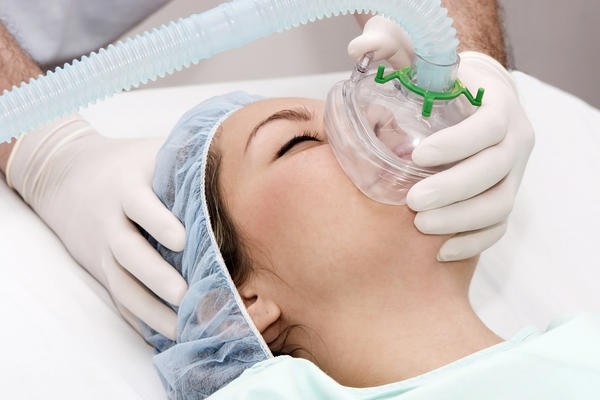An important and necessary part of dental practice is the administration of local and general anesthesia and intravenous sedation. The safe and effective use of such modalities is promoted by all dental organizations all over the world through the appropriately educated trained dentist.
Dental patients should be made to understand what general anesthesia is and how it is different or similar to intravenous sedation. With such an understanding, the patients are informed of the choices, risks or benefits involved with having a dental procedure dentists perform under some type of anesthesia. This will lead to their informed and educated decision pertinent to the dental procedure they will have. Providing them with the general information about anesthesia is not meant in any way to make them anxious but to be well aware of what can be expected out of such anesthesia.
General anesthesia by definition is a drug-induced state where a patient loses consciousness and during which state, the patient cannot be awakened even by painful stimulation. Under this type of anesthesia, the patient often requires aid in maintaining a ventilatory function and a patent airway as these are impaired by the drug-induced depression of neuromuscular function.
Deep Sedation, on the other hand, is defined as a drug-induced depression of consciousness during which state the patient cannot be easily awakened but can respond purposefully following painful and repeated stimulation. Similar to general anesthesia, the patient often requires aid in maintaining ventilatory function and a patent airway which are also impaired by the drug-induced depression of neuromuscular function.
Dental patients should be made aware that under general anesthesia, the chance for a patient to awaken in a state that is in pain, paralyzed and unable to communicate is extremely remote. Some reported cases where patients are awakened under general anesthesia are from high-risk hospital-based surgical procedures such as cardiac surgery, emergency operations, cesarean sections, etc. and these procedures utilized paralyzing medications in the combination of the anesthetic administered. These cases are very different from office-based surgical procedures which do not use paralyzing medications as a general rule. Several awake or asleep dentistry clinics offer dental services that require general anesthesia or sedation but without paralyzing medications.
Dentists should make an effort to make the patient understand that local anesthesia manifests the least amount of risk while intravenous sedation and general anesthesia both carry the most risks. And there are dental procedures that will require more than local anesthesia. Hence, authorization is required from the patient by the anesthetist for the administration of either general anesthesia or sedation as an acknowledgement of understanding and accepting the possible risks and consequences from pre-operative and post-operative anesthesia instructions.
Prior to anesthesia administration, patients are required to fill out standard patient information forms where names and contact details of persons designated to accompany the patient home or drive the vehicle for the patient to get home after the dental procedure, are provided.
Pre-anesthetic questionnaires will also have to be complied with so that the anesthetist and the dentist are fully aware of the patient’s medical history, physical condition and existing circumstances.
It is important that the patient is aware of the anesthetic choice made for the dental procedure and that the dentist and the anesthetist were able to explain in details what to expect from the anesthesia chosen.
- St. Lawrence Dentistry Looks Forward To St. Patrick’s Day! - March 12, 2025
- Understanding Dental X-Rays and Radiation: What You Should Know - January 13, 2025
- Happy New Year from St. Lawrence Dentistry! - December 30, 2024












